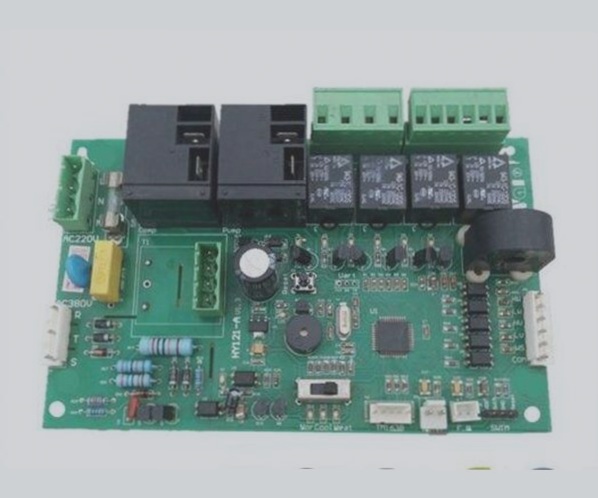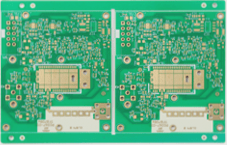Optimizing Via Stub Length in PCB Design
When it comes to dealing with via stubs in PCB design, routing from the surface layer to the lower layer and vice versa is a common practice to minimize stub length. However, there are scenarios where regardless of the routing layer, minimizing the stub length remains a challenge.
Placement of High-Speed Signal Transceivers
In an ideal PCB layout, placing high-speed signal transceiver chips on the same side can help minimize stub length. By routing signals from the surface layer pin to the inner layer, the vias will have shorter stubs, improving signal transmission quality and reducing costs.
Challenges with Dual-Sided Devices
Some devices, like the PCIe gold finger found in PCIe daughter card designs, feature a double-sided pad structure. Balancing high-speed traces on both sides of a pin can lead to routing challenges and longer stubs, impacting signal quality.
Case Study: PCIe Signal Routing
In a recent design case study involving PCIe signals following the PCIe 3.0 protocol, the challenge of via stub length was addressed. Despite initial concerns about long stubs and the need for back drilling, careful routing decisions led to successful PCIe performance testing without transmission issues.
Impact of Routing Layers
When comparing different routing layers for PCIe signals, simulations revealed that despite unavoidable long stubs, the transmission loss remained consistent. High-speed engineers confirmed that the signal integrity was maintained, highlighting the importance of strategic routing decisions.
- Optimize via stub length by routing from surface to lower layer
- Consider placing high-speed chips on the same side for shorter stubs
- Avoid signal quality issues in dual-sided devices like PCIe gold finger
- Case study: Successful PCIe signal routing without back drilling
- Simulation results show consistent transmission loss despite stub length
The Impact of Via Stubs on PCB Design
When designing a PCB, the placement of via stubs can have a significant impact on the overall performance of the system. In a linear time-invariant system, the order of long and short stubs may not matter as long as their lengths are the same. The energy transmitted through oscillation remains constant, regardless of the stub arrangement.
Challenging Conclusions
It is crucial to subject conclusions to scrutiny, as suggested by a colleague who recommended adding a transceiver model to verify the consistency of the eye diagram. This step revealed a surprising gap in the eye height, emphasizing the importance of thorough analysis in PCB design.
Return Loss Analysis
Upon revisiting the return loss of PCB links, a significant difference between two versions was identified, explaining the discrepancies in the eye diagrams. The choice of routing layer, especially in the presence of via stubs, plays a crucial role in signal integrity and cannot be overlooked.
Reconsidering Design Approaches
Traditional methods of routing on the lower or upper layer may no longer suffice in complex PCB designs. Detailed analysis is necessary to address specific issues and optimize signal performance.
- For PCB manufacturing inquiries, feel free to contact us.



